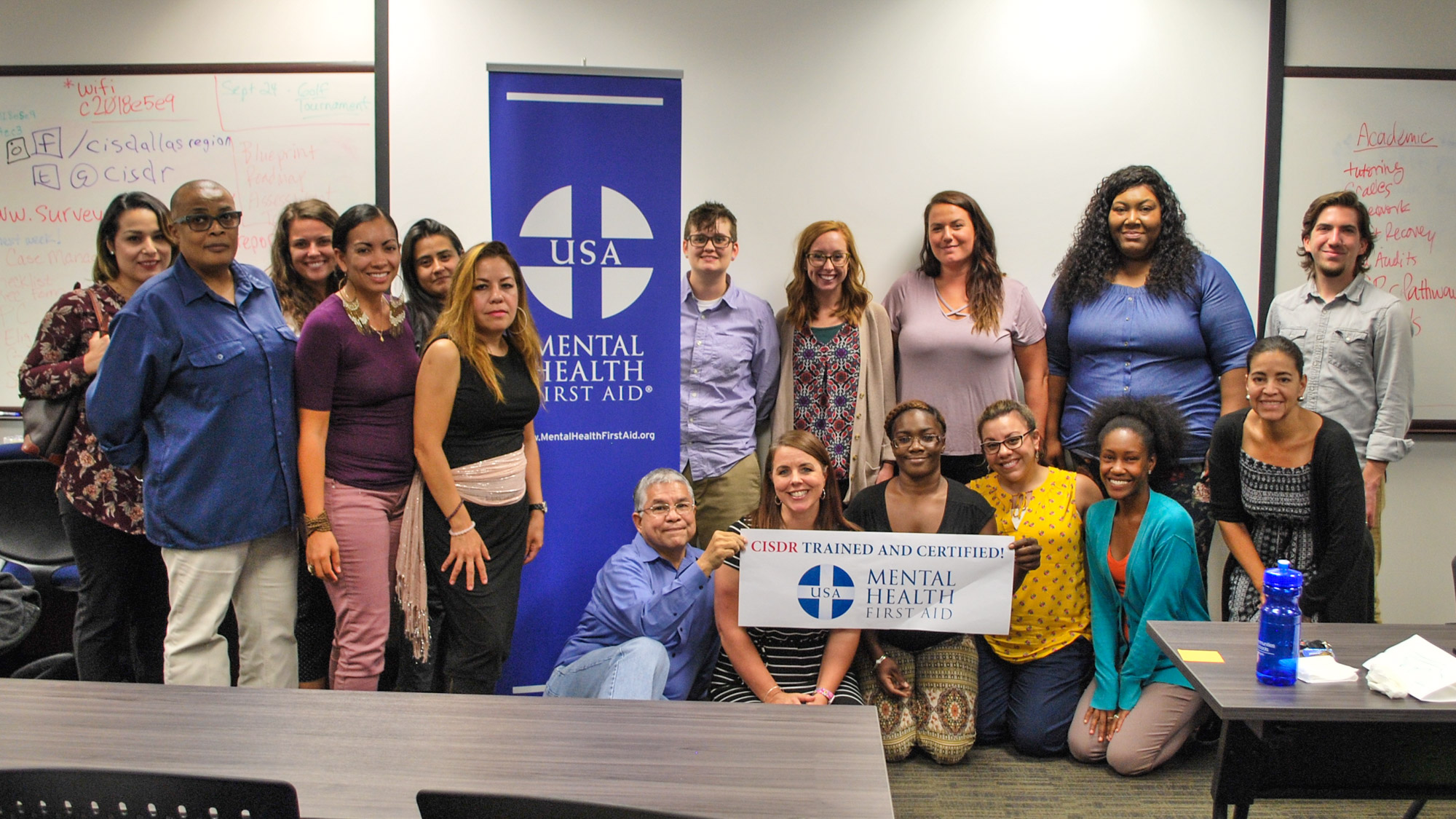In his 74 years of attending the St. James Christian Methodist Church, James Shackelford, 85, of Tyler, has learned to view church as a place where he can find healing for what troubles him.
The Tyler Morning Telegraph reports it's given him, like many other African-Americans in the community, the strength to persevere when the color of his skin could determine which doctors would see him, or even where he could worship.
"(Church is) a place where you can go and feel secure...," he said. "I have often heard it's a hospital for what's ailing you. That you can go there to be cleansed of what's ailing you and God has no respect of persons."
On Saturday evening, the city of Tyler celebrated Black History Month at Liberty Hall with videos, music and speakers in a program titled "The Heartbeat of Our Community."
The theme highlighted those who looked after the physical and spiritual well-being of the African-American community during some of the darkest moments in the nation's history.
In a video shot by the city, those interviewed shared memories and reflected on the progress that's been made.
Although their stories differ, participants expressed one recurring hope from those who hear their stories.
Local
The latest news from around North Texas.
"It's very vital that we embrace our history because our history tells us from where we have come," said Rev. Ralph E. Caraway, 64, pastor of St. Louis Missionary Baptist Church. "It also points to where we're going, because without an understanding of that history it's going to be really hard to reach where we're trying to go."
Multiple conversations with those who knew Dr. Theodore J. Taliaferro can yield a common question: When did he sleep?
His son, Richard Taliaferro, 69, a minister at St. Louis Missionary Baptist Church, has thought about this a lot over the years and still is not quite sure.
Known as Dr. T, he came to Tyler in 1939 with his wife, Geneva, a nurse, and was well known as being one of the few doctors in the area who was willing to provide quality health care to African-American patients.
At the height of his father's career, Taliaferro said Dr. T could see 50-60 patients a day.
"There were a lot of times when people would not be able to pay," Taliaferro said. ".People would bring in food and they would bring vegetables. Dad wasn't into that kind of thing, but he wouldn't say no. If somebody needed help, dad would see them."
A native of Allentown, Pennsylvania, Dr. T attended Wilberforce University in Ohio and Meharry Medical College in Tennessee before completing his residency at Homer G. Phillips Hospital in Missouri.
After a few years in Tyler, he opened the Taliaferro Clinic and Hospital at 1106 W. Trezevant St.
"He very seldom took vacations because he didn't ever have anybody to relieve him," his son said. "Dad was a good doctor. What was found out in the medical community is that he knew what he was talking about."
As Dr. T blazed trails in Tyler's medical community, he also made it his priority to mentor the next generation of African-American medical professionals.
"He was an outstanding physician," said Dr. Samuel Houston, 81, of Tyler. "He used to always tell me, he'd say `Sam, I'm holding the doors open for you (for) when you come back."
By the time Houston decided to come back to his hometown to practice medicine in 1971, the door left cracked by local African-American doctors like Dr. T made his decision a little less risky.
But as a board certified surgeon, Houston had some concern that his career and potential would be limited.
"This was during the time of the integration of schools and there was a great deal of turmoil going on at that particular time," Houston said. "I was not absolutely convinced that I should have moved to Tyler.
"I anticipated (segregation) problems that I might run into, but I must say that my career has been enhanced by having come here," he said.
Just as with Dr. T, the quality of Houston's work began to speak for itself. He was soon performing surgeries in Tyler's major hospitals and over the course of his career he said his clientele became more and more diverse.
Houston and his wife, Edna, now 80, who worked as an anesthesiologist, had their own office on Idel Street, in the heart of Tyler's medical community.
Retired since 2002, Houston also hopes to inspire the next generation just as Dr. T did before him.
"Never forget where you came from," he said. "Don't let it be a negative factor in your life. I don't think that (it) should interfere with your desire to pursue whatever dreams you want to achieve."
In 1885, a group of recently freed slaves were so determined to form a church that they were willing to worship in a structure that offered little relief from the elements.
Like some early churches that were strapped for funds, St. Louis Missionary Baptist Church began under a brush arbor, essentially a large wall-less tent made from tree branches, twigs and plants.
"The name of the St. Louis Community came as a result of those settlers who came in here from St. Louis, Missouri, and they saw the similarity of the East Texas culture and climate and so they adopted the name St. Louis Community," said the Rev. Ralph E. Caraway, the current pastor of the church. "The community has been close-knit . It's probably one of the oldest communities within Smith County."
The church, now at 4000 Frankston Highway, has undergone many transformations over the years but still has members who are descendants from some of its first attendants.
Through the years, Caraway said the church has served many functions, and that it, like many churches founded by freed slaves, has served an important role in the community.
"Historically the church in the African-American community has been the center of the community," he said. "It is where a lot of entrepreneurships were established, the Civil Rights Movement . It was a hub of information."
When venue options were limited for those in Tyler's African-American community, the stained-glass windows, pink bricks, antique pews and roomy interior of the Old St. James Christian Methodist Church made it the ideal location.
In 1870, it too started under a brush arbor. By 1891, parishioners had constructed the building and continued to make additions for several decades. Over time, the church became a proud feature of the "String Town" area.
"When you walked in you were just (in) awe because you were able to just look around and see all the beautiful architecture," said the Rev. Orenthia Mason, 65, the church's current pastor. "(It) became a place where graduations were held because it was large enough. It had a beautiful edifice and St. James opened their doors to hold any programs that were necessary."
Several decades after its inception, the church changed its name from St. James Colored United Methodist Church to St. James Christian United Methodist Church.
The church, as well as other Methodist churches, was instrumental in the founding of Texas College.
Darryl Madlock, 75, and the church's presiding elder, was born and raised at the church and described it as "the one safe harbor" during tough times.
He drew inspiration from watching how members worked together.
"They didn't call in carpenters from the outside, they called members from the inside that came in the evenings and nights while the ladies of the church would bring snacks.," he said. ".I realized that the church is an institution that brings about a closer relationship with God, but it also brought a closer relationship in the midst of people that were there."



